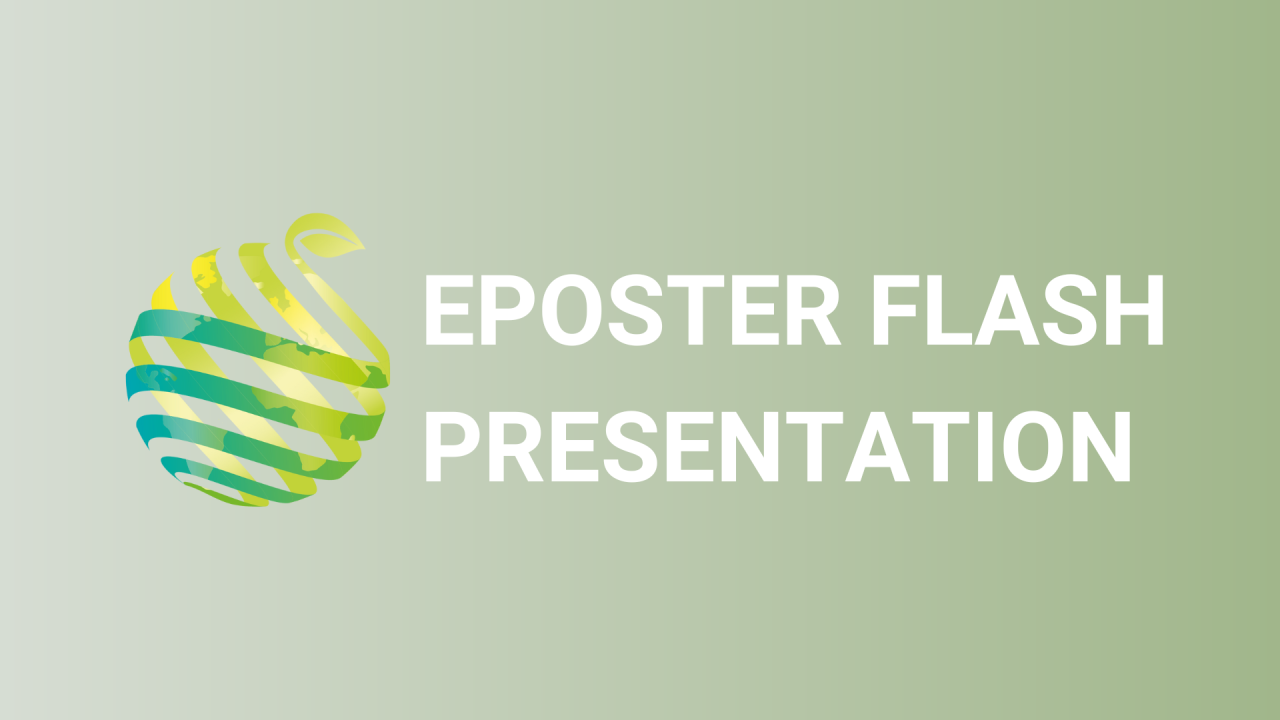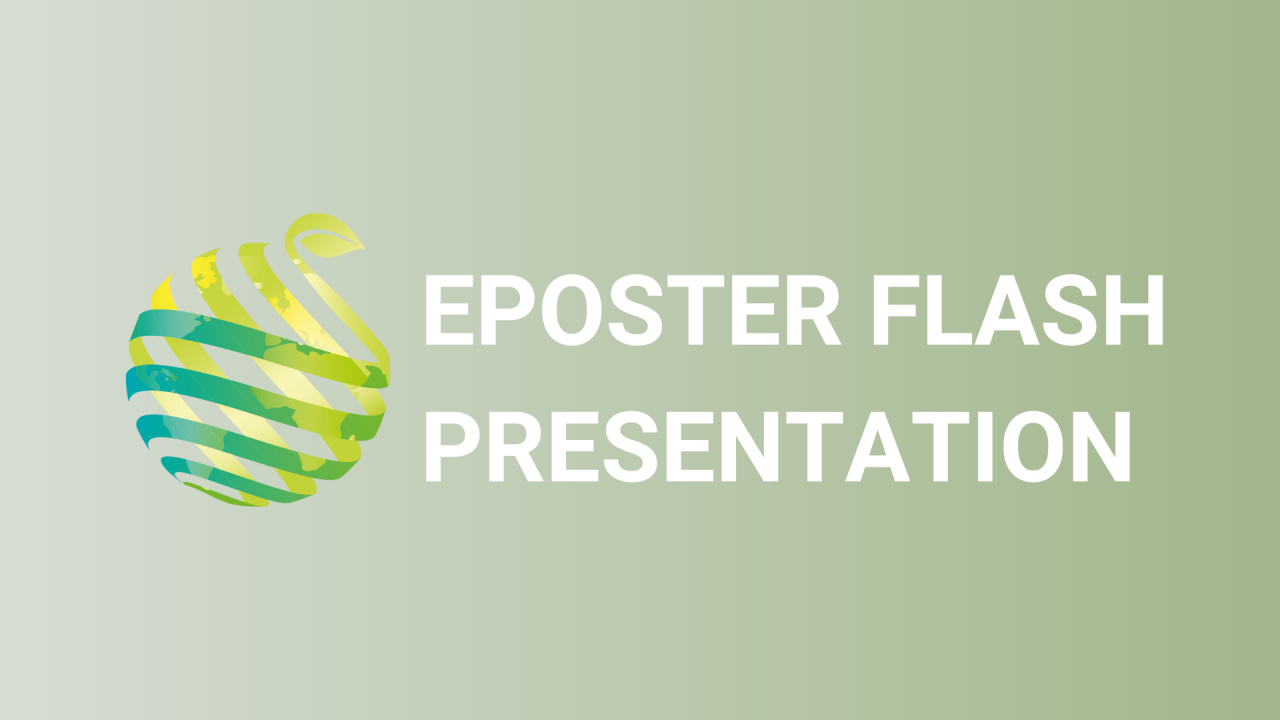

S06 - Session P1 - An integrated greenhouse climate-tomato production model with LED interlighting: model description, calibration and validation
Information
Authors: Xiaohan Zhou *, Ep Heuvelink, David Katzin, Leo Marcelis
By generating high quality data without the time and economic cost of real experiments, dynamic greenhouse crop simulation models can support decisions on greenhouse climate control, crop management, greenhouse design, as well as agricultural investment and policies. An integrated greenhouse climate-crop model involves interactions between two components: 1) predict indoor climate from outdoor climate, equipment control and crop status (photosynthesis, respiration and transpiration of the crop); 2) predict crop growth, development and production from indoor climate and crop management. The climate component should be updated when new equipment is introduced (e.g. LED lighting). For tomatoes, the crop component should allow flexibility in crop management to support precision decisions including when and which truss or leaf to remove from the crop. This requires simulation of the growth and development of individual trusses and vegetative units. In this integrated model, greenhouse climate prediction is based on GreenLight (a greenhouse model including top- and interlighting) and crop growth and development are predicted based on TOMSIM (a tomato model simulating individual trusses and vegetative units). Mechanisms in both models such as screen shading for diffuse/direct PAR and canopy absorption of supplemental lighting were improved. The model was calibrated with a 9-month dataset from a Dutch greenhouse. Parameter values which could not be directly measured were calibrated by particle filter with kernel smoothing. Particle filter is a sequential Monte Carlo algorithm in Bayesian statistical inference for estimating states in dynamic systems, and with kernel smoothing it can be used for calibrating static parameters. The model was validated with an 11-month dataset from the same greenhouse as the calibration dataset. The model will be evaluated by the root mean squared errors and the dynamic patterns of greenhouse climate (hourly indoor air temperature, humidity and CO 2 concentration) and tomato production predictions.